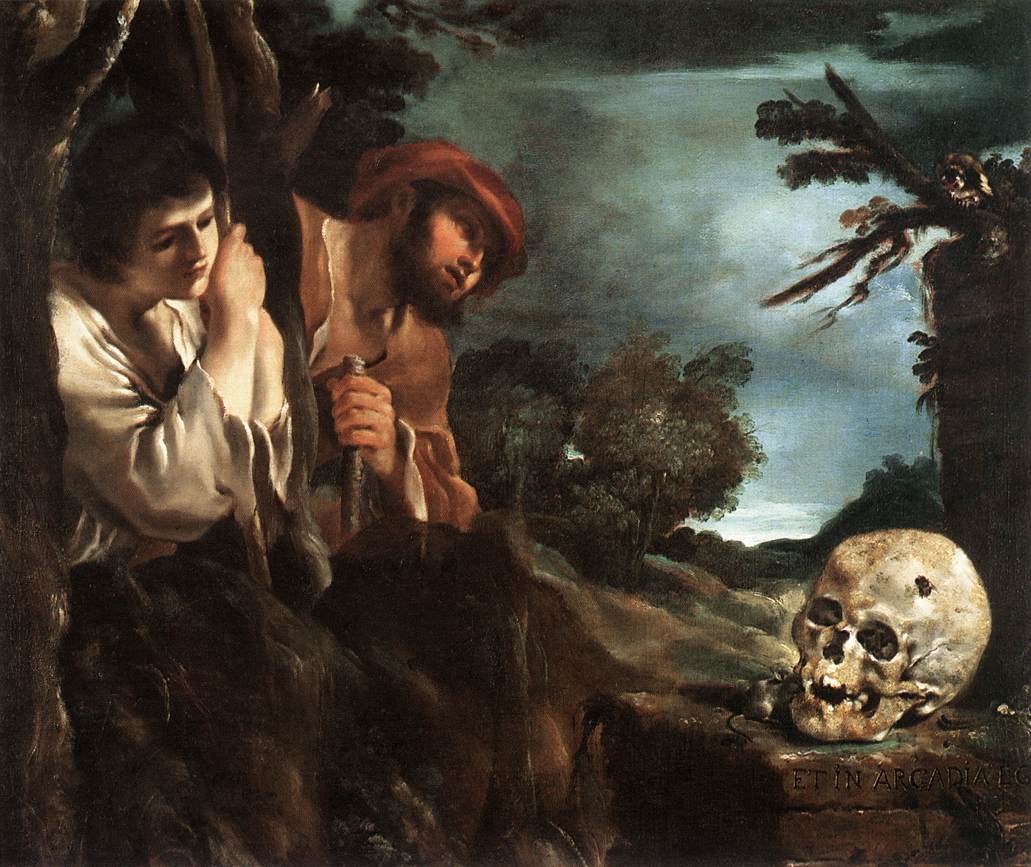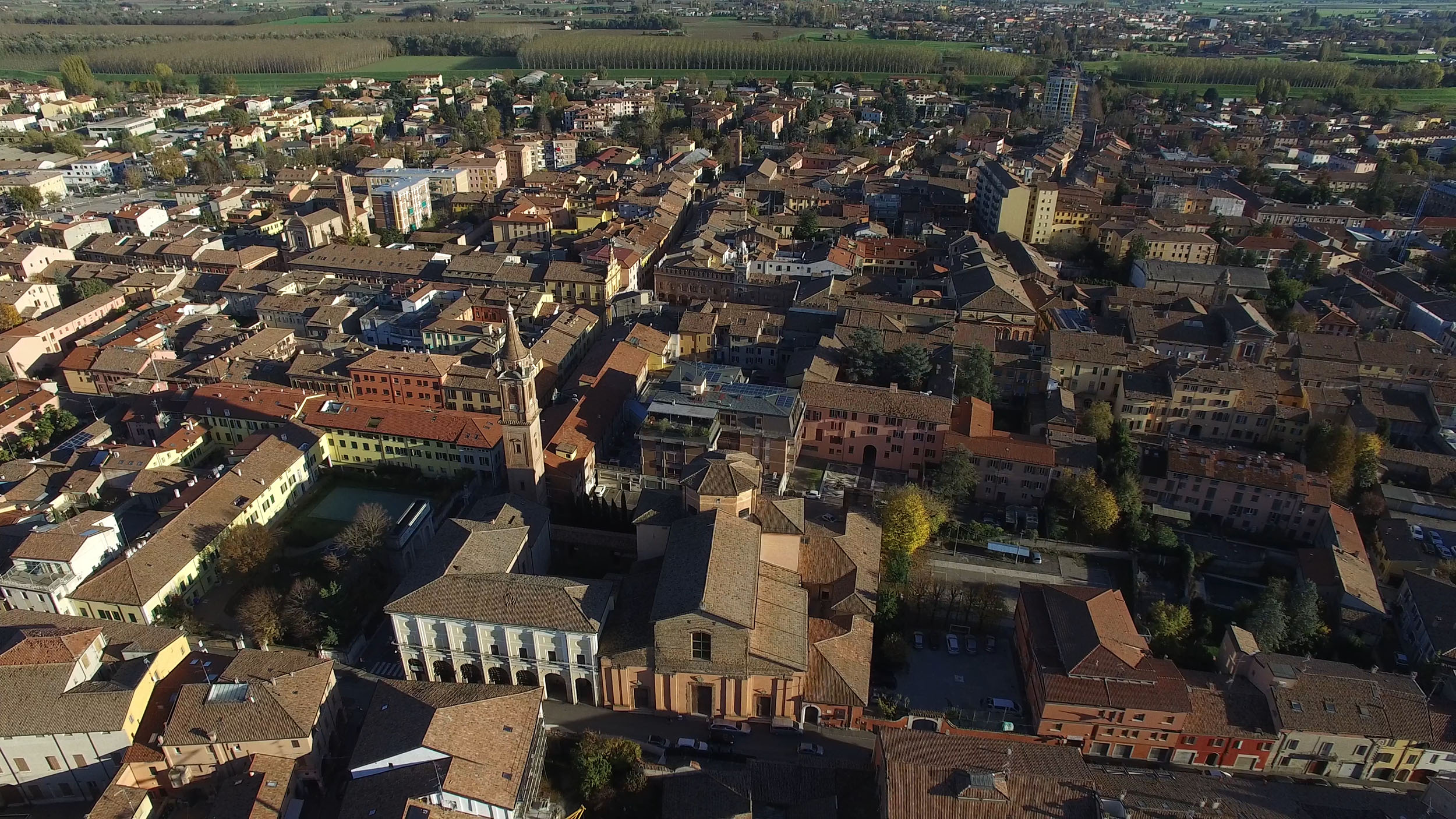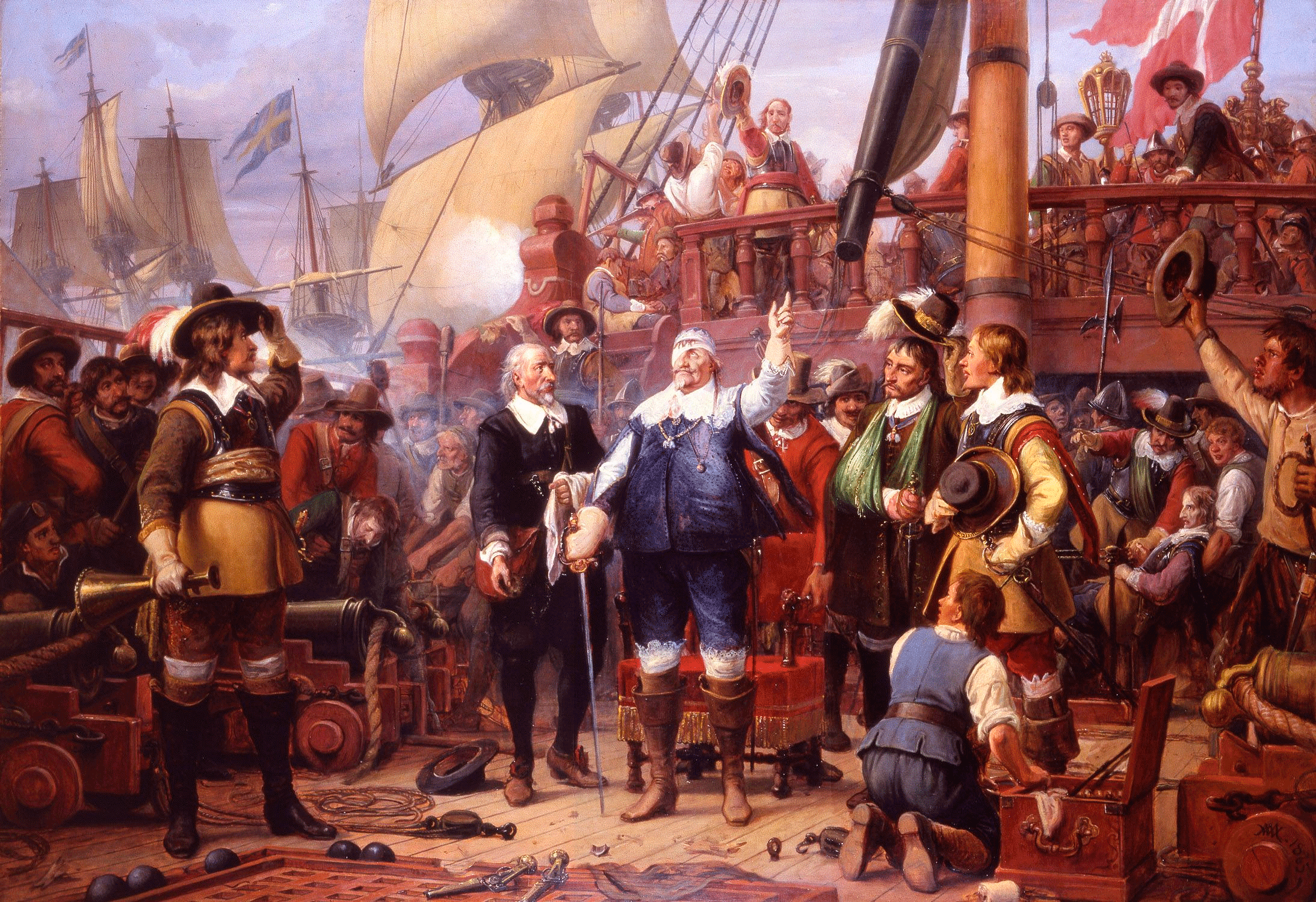|
Benedetto Zallone
Benedetto Zallone, or also called Zalone da Cento, (1595–1644) was an Italian painter of the Baroque period. He mainly painted religious subjects. He was born in Pieve di Cento. He was a pupil of Guercino. He worked in Rome and Cento. His name of Zalone was attributed to his appearance. In Cento, he painted a ''St Matthew and the Virgin'' for the church of San Agostino and ''St Gregory with Saints'' for San Pietro, Cento, San Pietro. Some of his works are now collected in the Pinacoteca of Pieve di Cento. References Painters from Bologna Italian Baroque painters 1595 births 1644 deaths Italian male painters People from Pieve di Cento 17th-century Italian painters {{Italy-painter-17thC-stub ...[...More Info...] [...Related Items...] OR: [Wikipedia] [Google] [Baidu] |
Benedetto Zallone, Madonna Col Bambino, San Giuseppe, San Domenico E Carlo Borromeo, 1620-40 Ca
Benedetto is a common Italian name, the equivalent of the English language, English name Benedict (given name), Benedict. Notable people named Benedetto include: People with the given name * Benedetto Accolti (other), several people * Benedetto Aloi (1935–2011), American mobster * Benedetto Antelami (c. 1150–c. 1230), Italian architect and sculptor * Benedetto Bonfigli (c. 1420–c. 1490), Italian painter * Benedetto Bordone (1460–1531), Italian manuscript editor, miniaturist and cartographer * Benedetto Brin (1833–1898), Italian naval administrator and politician * Benedetto Cairoli (1825–1889), Italian statesman * Benedetto Castelli (1578–1643), Italian mathematician * Benedetto Cotrugli (1416–1469), Ragusan merchant, economist, scientist, diplomat and humanist * Benedetto Croce (1866–1952), Italian philosopher and politician * Benedetto da Maiano (1442–1497), Italian sculptor * Benedetto Della Vedova (born 1962), Italian politician * Benedetto Dei (14 ... [...More Info...] [...Related Items...] OR: [Wikipedia] [Google] [Baidu] |
Baroque
The Baroque ( , , ) is a Western Style (visual arts), style of Baroque architecture, architecture, Baroque music, music, Baroque dance, dance, Baroque painting, painting, Baroque sculpture, sculpture, poetry, and other arts that flourished from the early 17th century until the 1750s. It followed Renaissance art and Mannerism and preceded the Rococo (in the past often referred to as "late Baroque") and Neoclassicism, Neoclassical styles. It was encouraged by the Catholic Church as a means to counter the simplicity and austerity of Protestant architecture, art, and music, though Lutheran art#Baroque period, Lutheran Baroque art developed in parts of Europe as well. The Baroque style used contrast, movement, exuberant detail, deep color, grandeur, and surprise to achieve a sense of awe. The style began at the start of the 17th century in Rome, then spread rapidly to the rest of Italy, France, Spain, and Portugal, then to Austria, southern Germany, Poland and Russia. By the 1730s, i ... [...More Info...] [...Related Items...] OR: [Wikipedia] [Google] [Baidu] |
Pieve Di Cento
Pieve di Cento ( Bolognese: ; "parish of Cento") is a ''comune'' (municipality) in the Metropolitan City of Bologna in the Italian region Emilia-Romagna, located about north of Bologna. History The origins of the town date back to the upper medieval period, whereby a town was established around the local church, which had the title of "Pieve". In fact, Pieve di Cento had the only church with a baptistery in its rural area, still known as Centopievese, until 1378. This meant that all the other churches nearby were under its jurisdiction. The Pieve is the current Collegiate Church of Santa Maria Maggiore, which received its title in the Middle Ages and retained the title even with the closure of its Chapter ordered by the Council of Trent. In 1376, by a decree of the then Bishop of Bologna Bernardo de Bonneville, who was also a native of the area, the "Pieve" became known as Pieve Di Cento. This was also to be distinguished from the neighbouring town of Cento, which was giv ... [...More Info...] [...Related Items...] OR: [Wikipedia] [Google] [Baidu] |
Guercino
Giovanni Francesco Barbieri (February 8, 1591 – December 22, 1666),Miller, 1964 better known as (il) Guercino (), was an Italian Baroque painter and draftsman from Cento in the Emilia region, who was active in Rome and Bologna. The vigorous naturalism of his early manner contrasts with the classical equilibrium of his later works. His many drawings are noted for their luminosity and lively style. Biography Giovanni Francesco Barbieri was born into a family of peasant farmers in Cento, a town in the Po Valley mid-way between Bologna and Ferrara.Mahon, 1937a Being cross-eyed, at an early age he acquired the nickname by which he is universally known, Guercino (a diminutive of the Italian noun , meaning 'squinter').Turner, 2003 Mainly self-taught, at the age of 16, he worked as apprentice in the shop of Benedetto Gennari, a painter of the Bolognese School. An early commission was for the decoration with frescoes (1615–1616) of Casa Pannini in Cento, where the naturalis ... [...More Info...] [...Related Items...] OR: [Wikipedia] [Google] [Baidu] |
Cento
Cento (; Bolognese dialect, Northern Bolognese: ; Bolognese dialect, City Bolognese: ; Bolognese dialect, Centese: ) is a town and ''comune'' in the province of Ferrara, Emilia-Romagna, Italy. History The name Cento is a reference to the centuriation of the Po Valley. Cento's growth from its origin as a little fishing village in the marshes to an established farming town took place in the first few centuries in the second millennium. The Bishop of Bologna and the Abbot of Nonantola established the Partecipanza Agraria, an institution in which land would perpetually be redistributed every twenty years among the male heirs of the families who constituted the initial core of the community in the 12th century. In 1502, Pope Alexander VI took it away from the dominion of the Bishop of Bologna and made it part of the dowry of his daughter Lucrezia Borgia, betrothed to Duke Alfonso I d'Este. It was later returned to the Papal States in 1598. South-east of the city lies the small hist ... [...More Info...] [...Related Items...] OR: [Wikipedia] [Google] [Baidu] |
San Pietro, Cento
San Pietro is a Gothic style, Roman Catholic church located on Via Cremonino in Cento, Province of Ferrara, Region of Emilia-Romagna, Italy. History Construction of the church began before the 1300s, and it was the second oldest parish in Cento. It was attached initially to the Franciscan order. In 1749, it became a parish church, a role for which for some time it shared with the nearby church of San Rocco. The church underwent numerous refurbishments and contains works by Lucio Massari: ''Crucifixion and Saints''; Guercino: ''Virgin in Glory with Saints Bonaventure, Francis, and donor''; and a ''Madonna and Child, Saints and Guardian Angel''. Due to the 2012 Northern Italy earthquakes In May 2012, two major earthquakes struck Northern Italy, causing 27 deaths and widespread damage. The events are known in Italy as the 2012 Emilia earthquakes, because they mainly affected the Emilia-Romagna, Emilia region. The first earthquake ..., the church was closed for reconstruction. ... [...More Info...] [...Related Items...] OR: [Wikipedia] [Google] [Baidu] |
Painters From Bologna
Painting is a Visual arts, visual art, which is characterized by the practice of applying paint, pigment, color or other medium to a solid surface (called "matrix" or "Support (art), support"). The medium is commonly applied to the base with a brush. Other implements, such as palette knives, sponges, airbrushes, the artist's fingers, or even a dripping technique that uses gravity may be used. One who produces paintings is called a painter. In art, the term "painting" describes both the act and the result of the action (the final work is called "a painting"). The support for paintings includes such surfaces as walls, paper, canvas, wood, glass, lacquer, pottery, leaf, copper and concrete, and the painting may incorporate other materials, in single or multiple form, including sand, clay, paper, cardboard, newspaper, plaster, gold leaf, and even entire objects. Painting is an important form of visual arts, visual art, bringing in elements such as drawing, Composition (visual art ... [...More Info...] [...Related Items...] OR: [Wikipedia] [Google] [Baidu] |
Italian Baroque Painters
Italian(s) may refer to: * Anything of, from, or related to the people of Italy over the centuries ** Italians, a Romance ethnic group related to or simply a citizen of the Italian Republic or Italian Kingdom ** Italian language, a Romance language *** Regional Italian, regional variants of the Italian language ** Languages of Italy, languages and dialects spoken in Italy ** Italian culture, cultural features of Italy ** Italian cuisine, traditional foods ** Folklore of Italy, the folklore and urban legends of Italy ** Mythology of Italy, traditional religion and beliefs Other uses * Italian dressing, a vinaigrette-type salad dressing or marination * Italian or Italian-A, alternative names for the Ping-Pong virus, an extinct computer virus * ''Italien'' (magazine), pro-Fascist magazine in Germany between 1927 and 1944 See also * * * Italia (other) * Italic (other) * Italo (other) * The Italian (other) The Italian may refer to: * ''The Itali ... [...More Info...] [...Related Items...] OR: [Wikipedia] [Google] [Baidu] |
1595 Births
Events January–March * January 16 – Mehmed III succeeds Murad III, as List of sultans of the Ottoman Empire, Sultan of the Ottoman Empire and begins a reign of almost nine years. Upon ascending the throne, Mehmed orders that all 19 of the other sons of Murad III are to be strangled to death. * January 17 – During the French Wars of Religion, King Henry IV of France declares war on Spain, ordering Henri de La Tour d'Auvergne, Duke of Bouillon, Henry, Duke of Bouillon to lead armies Luxemburg campaigns, through Luxembourg for an attack on the Spanish Netherlands (now Belgium). * January 24 – Matthias, Holy Roman Emperor, Matthias of Habsburg is appointed by his brother Rudolf II, Holy Roman Emperor, to become the Archduke of ''Further Austria, die Vorlande'', the possessions of the Austrian Habsburgs in Southern Germany outside of Austria, also called Further Austria (''Vorderösterreich''). The appointment follows the death of their uncle, Ferdinan ... [...More Info...] [...Related Items...] OR: [Wikipedia] [Google] [Baidu] |
1644 Deaths
It is one of eight years (CE) to contain each Roman numeral once (1000(M)+500(D)+100(C)+(-10(X)+50(L))+(-1(I)+5(V)) = 1644). Events January–March * January 22 – The Royalist Oxford Parliament is first assembled by King Charles I of England. * January 26 – First English Civil War: Battle of Nantwich – The Parliamentarians defeat the Royalists, allowing them to end the 6-week siege of the Cheshire town. * January 30 **Dutch explorer Abel Tasman departs from Batavia in the Dutch East Indies (modern-day Jakarta in Indonesia) on his second major expedition for the Dutch East India Company, to map the north coast of Australia. Tasman commands three ships, ''Limmen'', ''Zeemeeuw'' and ''Braek'', and returns to Batavia at the beginning of August with no major discoveries. ** Battle of Ochmatów: Polish–Lithuanian Commonwealth forces under hetman Stanisław Koniecpolski secure a substantial victory over the horde of Crimean Tatars under Tugay Be ... [...More Info...] [...Related Items...] OR: [Wikipedia] [Google] [Baidu] |
Italian Male Painters
Italian(s) may refer to: * Anything of, from, or related to the people of Italy over the centuries ** Italians, a Romance ethnic group related to or simply a citizen of the Italian Republic or Italian Kingdom ** Italian language, a Romance language *** Regional Italian, regional variants of the Italian language ** Languages of Italy, languages and dialects spoken in Italy ** Italian culture, cultural features of Italy ** Italian cuisine, traditional foods ** Folklore of Italy, the folklore and urban legends of Italy ** Mythology of Italy, traditional religion and beliefs Other uses * Italian dressing, a vinaigrette-type salad dressing or marination * Italian or Italian-A, alternative names for the Ping-Pong virus, an extinct computer virus * ''Italien'' (magazine), pro-Fascist magazine in Germany between 1927 and 1944 See also * * * Italia (other) * Italic (other) * Italo (other) * The Italian (other) The Italian may refer to: * ''The Ital ... [...More Info...] [...Related Items...] OR: [Wikipedia] [Google] [Baidu] |
People From Pieve Di Cento
The term "the people" refers to the public or common mass of people of a polity. As such it is a concept of human rights law, international law as well as constitutional law, particularly used for claims of popular sovereignty. In contrast, a people is any plurality of persons considered as a whole. Used in politics and law, the term "a people" refers to the collective or community of an ethnic group or nation. Concepts Legal Chapter One, Article One of the Charter of the United Nations states that "peoples" have the right to self-determination. Though the mere status as peoples and the right to self-determination, as for example in the case of Indigenous peoples (''peoples'', as in all groups of indigenous people, not merely all indigenous persons as in ''indigenous people''), does not automatically provide for independent sovereignty and therefore secession. Indeed, judge Ivor Jennings identified the inherent problems in the right of "peoples" to self-determination, as i ... [...More Info...] [...Related Items...] OR: [Wikipedia] [Google] [Baidu] |





